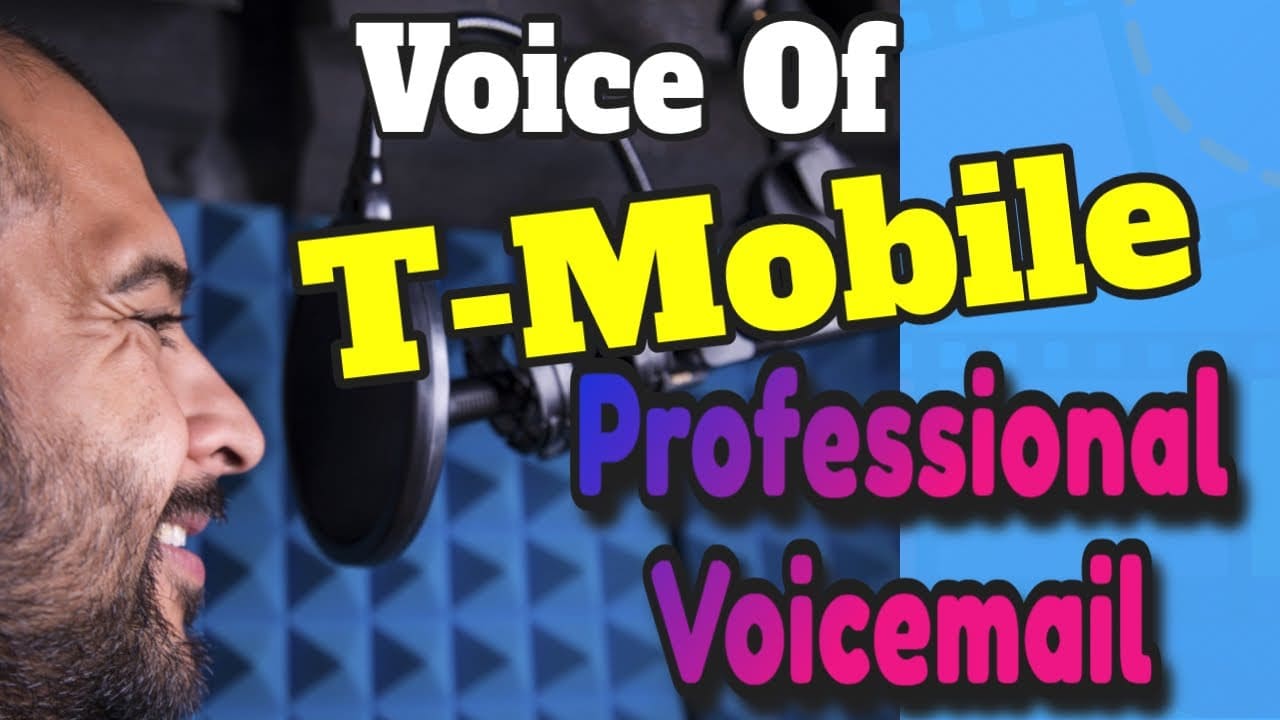Professional Voicemail Greetings
One of the first and most common interactions that a customer has with a company is hearing a recorded voicemail greeting or a “please hold” message. These recorded messages are arguably one of the most important pieces of branding that a business produces. So, why don’t companies put more thought into them?
At a time when first impressions are everything, having a professional voicemail greeting is so important. A good customer support voiceover, or IVR, can create an instant connection with customers in ways you might not think about. It sets the tone for the rest of the “conversation”—on the phone and beyond.
What makes a good voicemail greeting?
As the official customer service IVR voice for T-Mobile and an experienced voice actor who has recorded countless voicemail greetings for companies and personal brands over the years, I’ve learned quite a bit about these messages. Here are some of the most important elements that brands (and their voice actors) need to consider.
1) Relatability
When people call a customer service number, they generally expect to reach a recorded message before speaking to a person. Regardless of why they’re calling, these first few seconds are a critical opportunity to relate with the caller.
To make a connection, the voicemail greeting needs to be relatable in terms of both the message and the voice. The greeting should be unique to the product, service, brand or department that the person is calling about.
For example, a bank’s customer service greeting probably won’t sound the same as an NBA team’s customer support voice. Your goal is to make the caller feel, “They understand me, my concerns and who I am” … even if that thought is subconscious.
There are some techniques that a voice actor can do to reinforce this relatability. For example, expressing a smile in the voice can make the greeting sound kinder and more caring. On the flipside, you don’t want to inflect the words too hard or push a hard-sell message – both are off-putting and not conducive to a gentle, graceful relationship with the caller.
2) Quality over quantity
You only have 15, maybe 30 seconds to make an impact. Nobody wants to listen to a long recorded message. They want to speak to someone. So, it’s important to make these 15-30 seconds count.
The voice and message must be respectful of the caller’s time and needs. Let them know there’s an open line of communication, even if the company can’t be reached at that moment. Direct them to a call-back number, a live chat, a website address – anything to reassure the caller, “We’re here for you.”
3) Being current
Voicemail greetings should be reflective of the moment. They need to evolve as times change.
For example, at a time of so much uncertainty surrounding the coronavirus crisis, a professional voicemail greeting needs to be more humble and emphatic. While a happy-go-lucky voice may have worked last year, that may no longer be appropriate. Now, customers are more likely to respond better to a more grounded and down-to-earth voice.
A voicemail greeting should not be static. To remain current, it should continue to adapt over time.
PRO TIP: Voice actors can express a sense of warmth by standing a little closer to the mic. This can make the greeting sound more personal and intimate without requiring more volume or harsher inflection.
Subscribe to our YouTube channel for more tips from professional voice actor, poet and philosopher Kabir Singh.
Checkout my YouTube Playlist Here!





